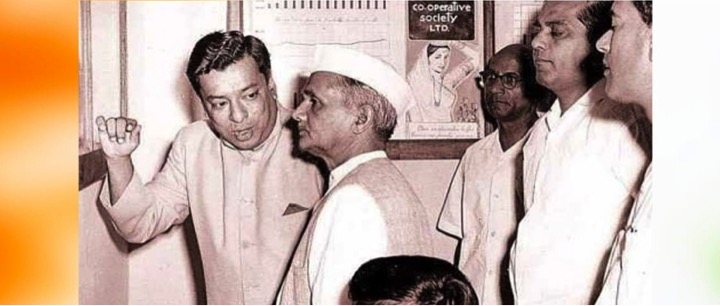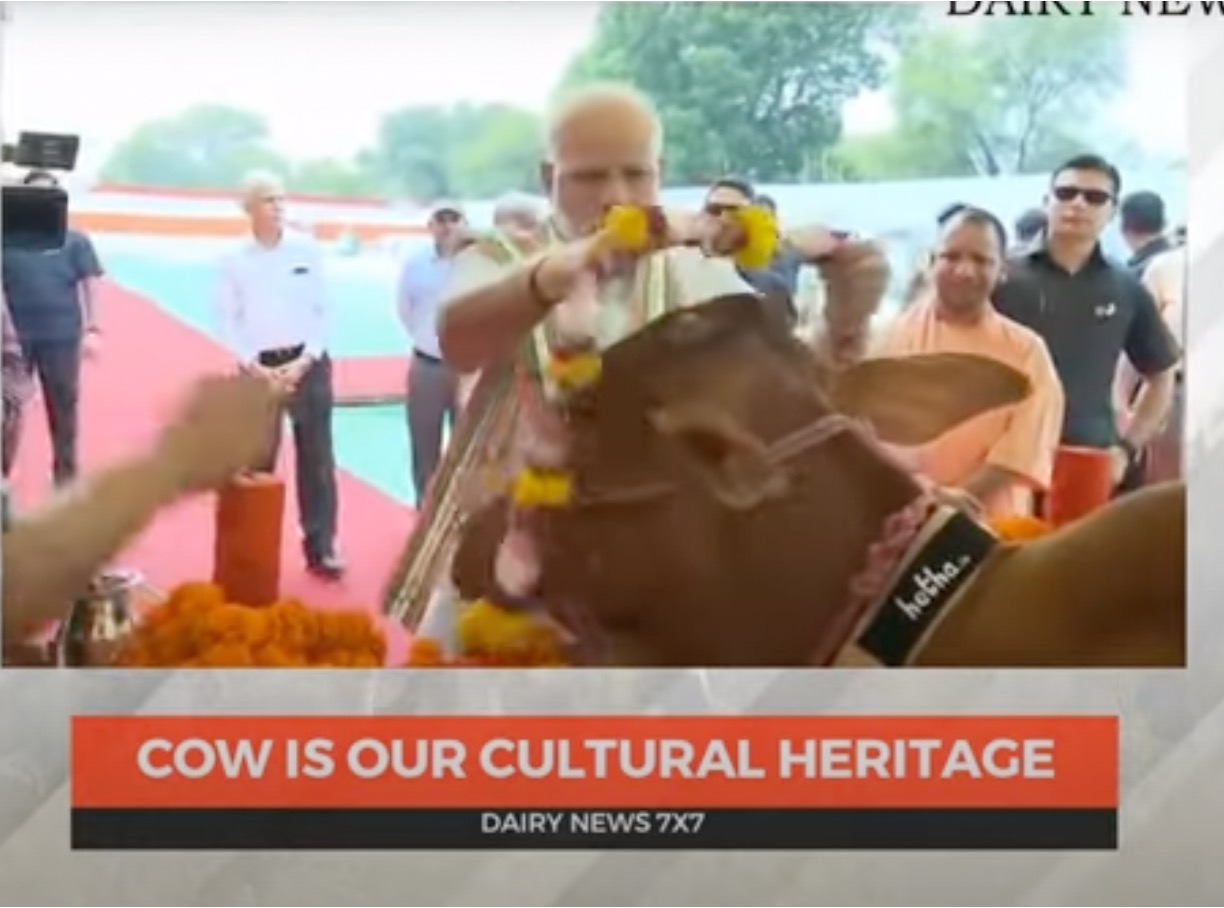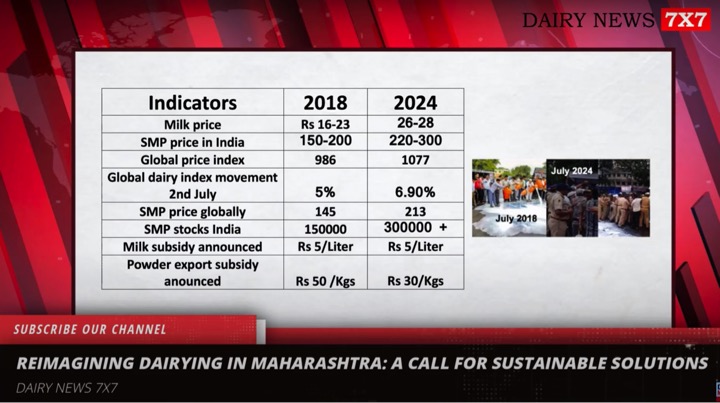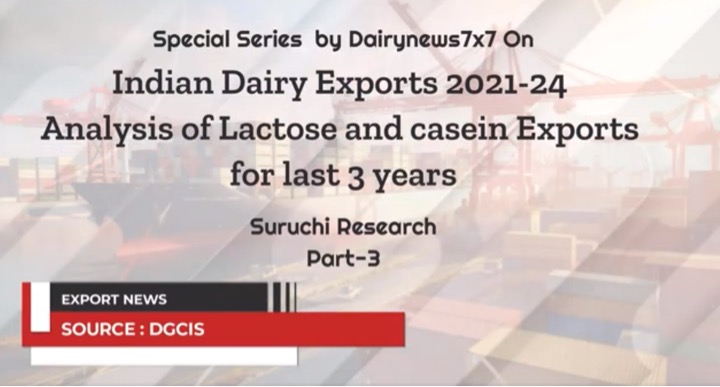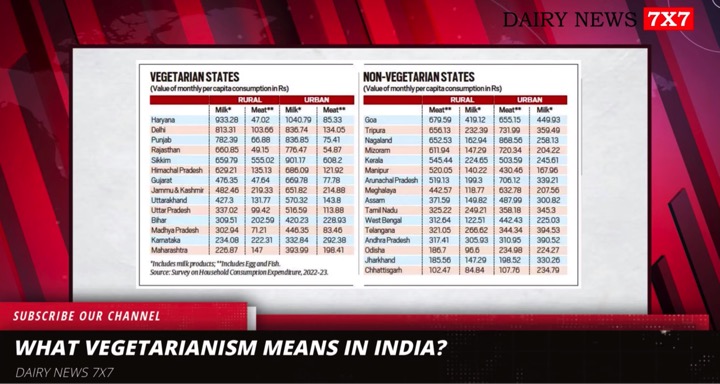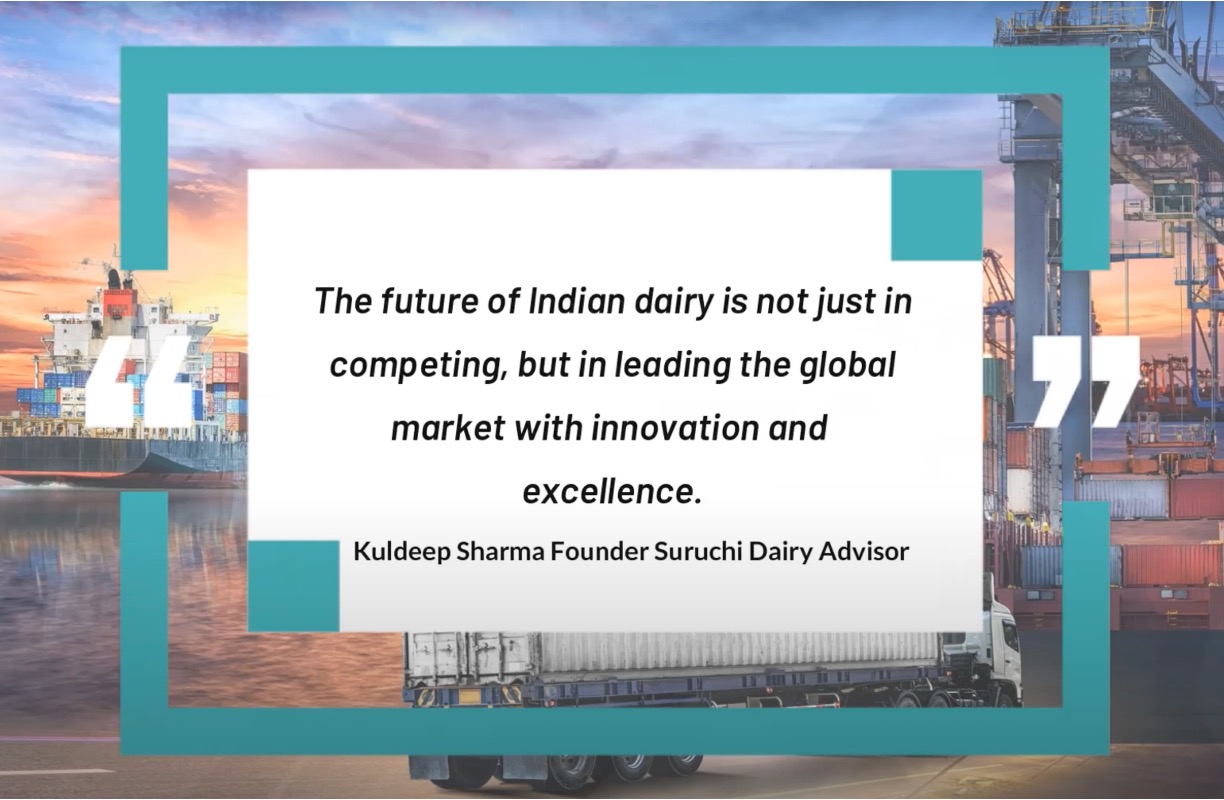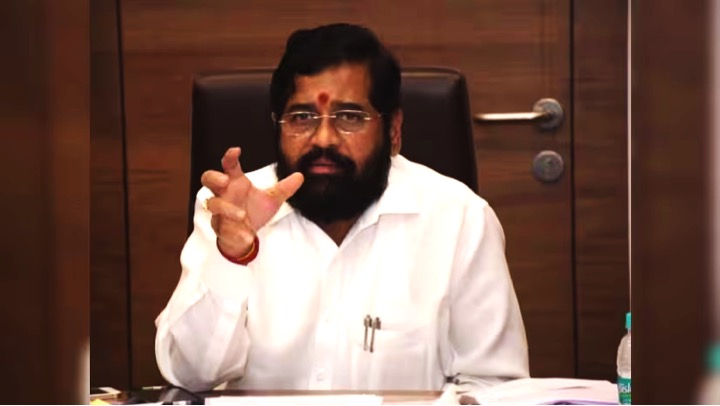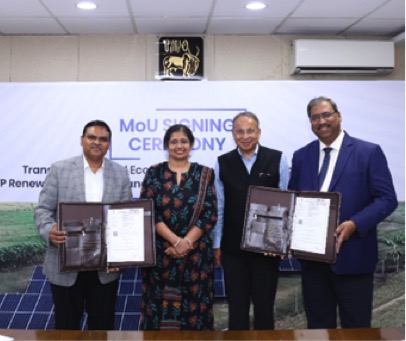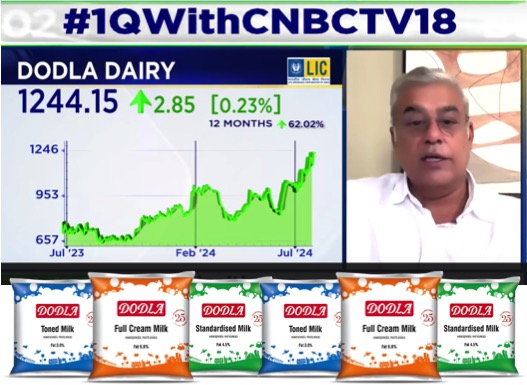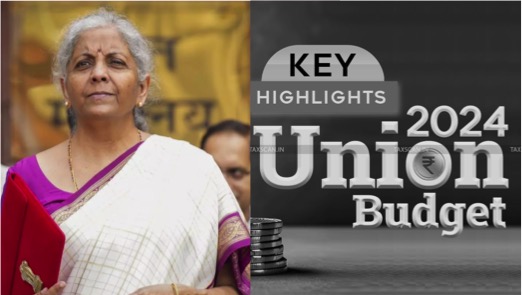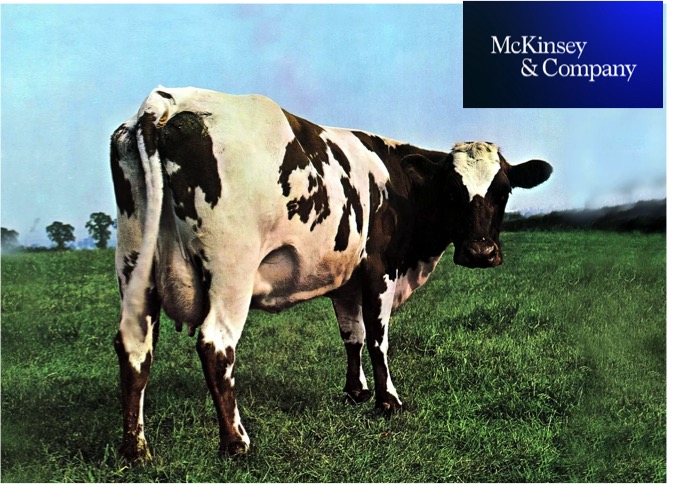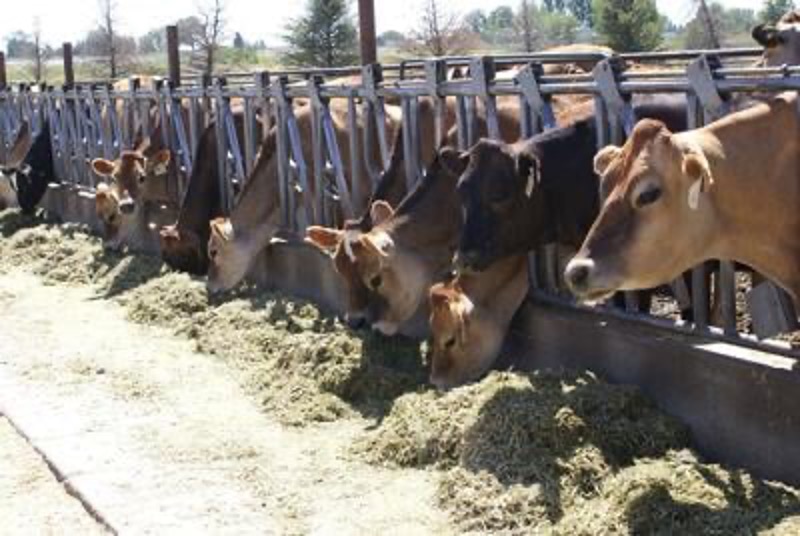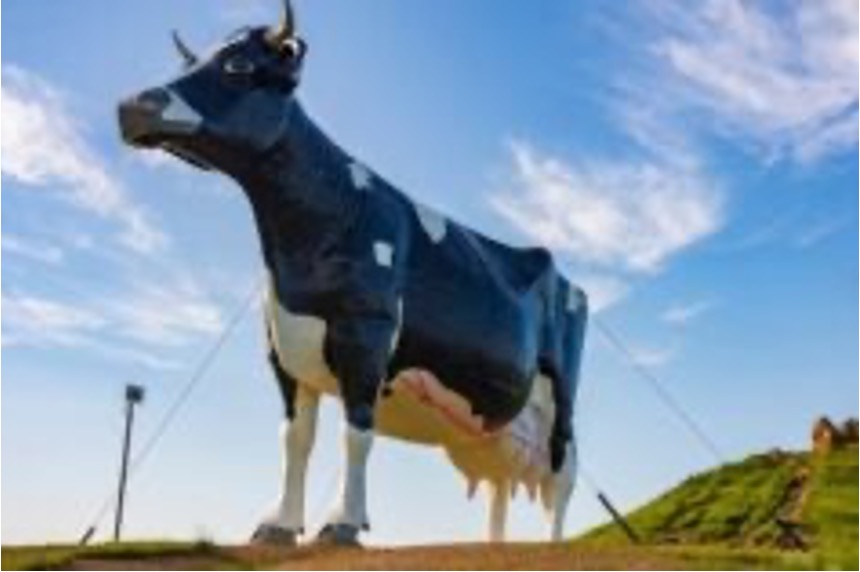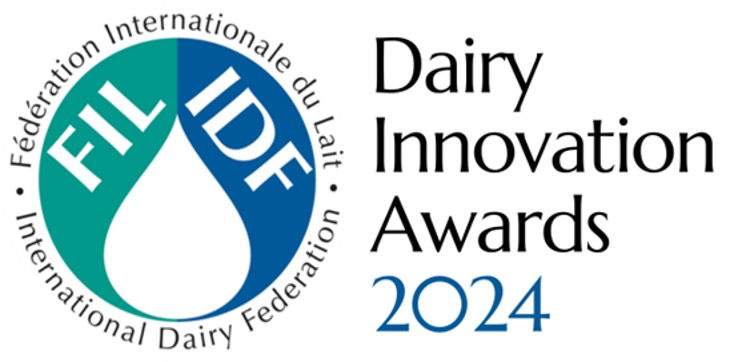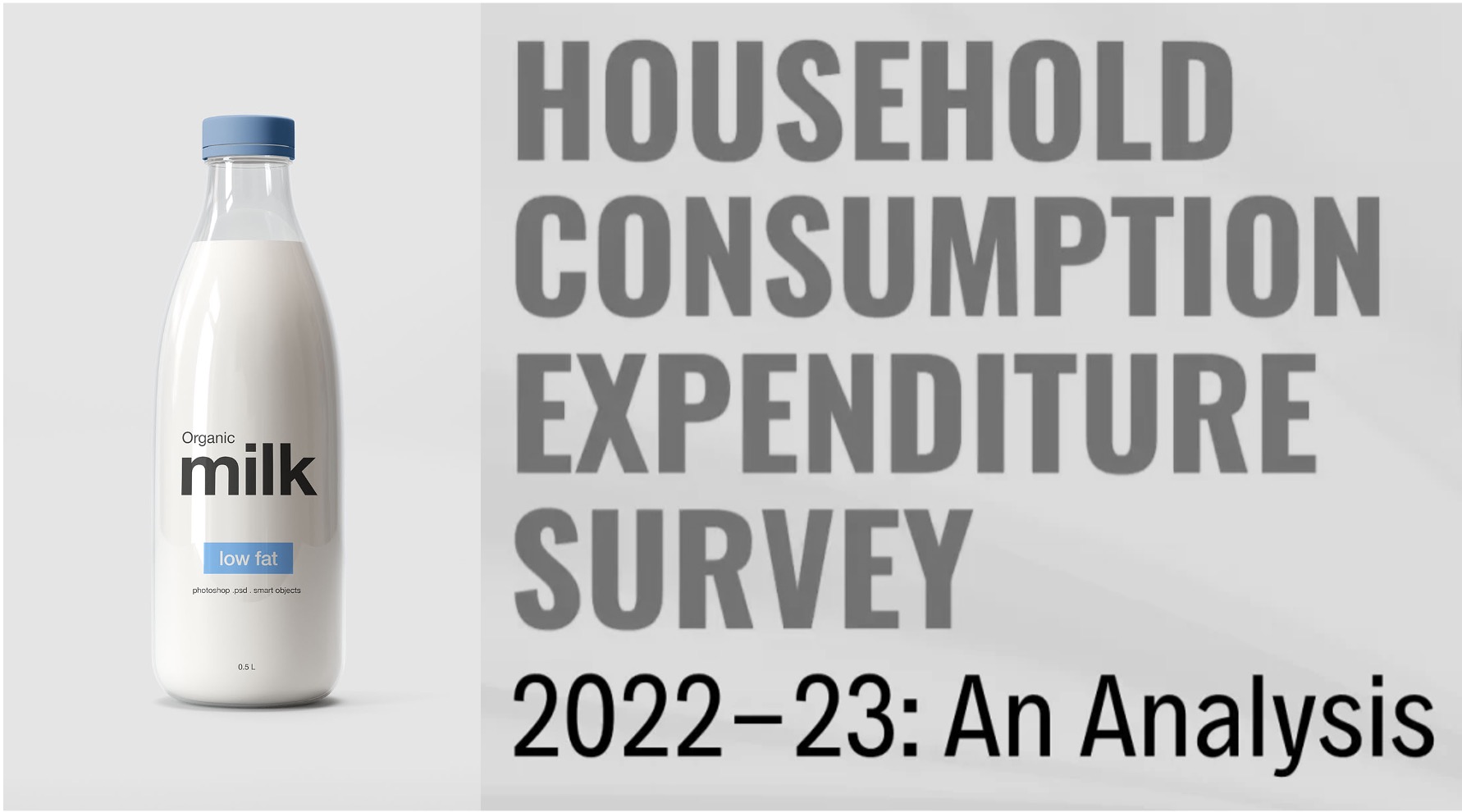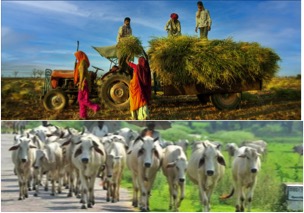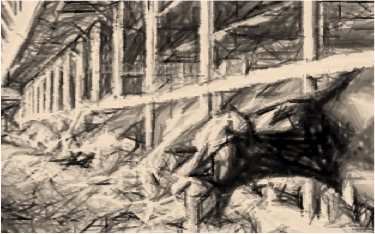On an October morning in 1964, Lal Bahadur Shastri, then Prime Minister of India, was engrossed in a conversation. He was looking to clear his doubts after spending the night at a farmer’s house in Anand, Gujarat. Shastri, after he was informed about the stellar performance of a local dairy cooperative, was keen to understand why it succeeded while scores of others across India failed. But after speaking to the residents of Ajarpura village in Anand district, Shastri was puzzled. The soil, rainfall and climate of Anand was nothing out of ordinary.
“I had expected to see the entire landscape green, with cattle grazing contentedly, but the whole place is brown, just like the rest of India… I looked at your farmers. They are good people—farmers are always good people—but they are not as hardworking as the farmers of Punjab. I cannot find a single reason why Anand is such a great success. Now, can you tell me what is the secret?" Shastri asked Verghese Kurien, then general manager of the Kaira District Co-operative Milk Producers’ Union, and the architect of India’s White Revolution, the world’s largest dairy development programme that began in 1970. Anand was earlier a part of Kaira district.
Kurien told Shastri that his observations were correct except for one difference. Anand dairy was owned by farmers and elected farmer representatives managed it. And Kurien was an employee of farmers who hired his services as a professional manager.
An excited Shastri then remarked that there is no special reason to have Anand only in Gujarat. “From tomorrow, you shall make it your business to work not just for Anand, not just for Gujarat, but for the whole of India… please replicate Anand throughout India," Shastri told Kurien.
, Kurien recounts the incident fondly, including the bureaucratic hurdles he faced in Delhi while putting the plan in motion. Questions were also raised from within the Kaira milk union. “By creating more Anands, aren’t you creating more competition for us?"
Kurien’s reply was prescient. One dairy for a country as large as India would not be enough to fulfil its needs, he told the union’s board. And crucially, Kurien added that “one Amul was only one stick—it could be broken—a hundred Amuls together would be very difficult to break. Therefore, it would be in Amul’s interest to help create more of it." Kaira Union introduced the brand Amul for marketing its product range in 1955.
In the decades that followed, India built one of the most formidable dairy cooperative movements globally. Per capita milk availability grew over four-fold, from 107 gm per day in 1970s to 427 gm in 2021, despite a growing population. Farmer members of cooperatives receive between 75-85% of what the consumer pays for dairy products. This compares with 25-50% share in other farm products.
Produced by over 80 million rural families, milk is the largest farm product valued at close to 10 trillion annually, as per official estimates. India is also the largest producer of milk in the world—accounting for a fifth of global output—even though productivity per animal is low.
Since Operation Flood was launched in 1970, successful dairy cooperatives emerged in different states. Amul is now a household name across India with annual group revenue of 72,000 crore in 2022-23. It is also the largest fast-moving consumer goods (FMCG) brand, surpassing the turnover of giants like Hindustan Unilever by a wide margin (
Besides Amul, there’s Nandini in Karnataka (the second largest dairy cooperative with a turnover of 25,000 crore), Aavin in Tamil Nadu, Milma in Kerala, Gokul in Maharashtra, Verka in Punjab, Saras in Rajasthan, and Sudha in Bihar (the largest cooperative in eastern India).
Yet, many are struggling financially. A 2020 research paper on farm value chains published by the Indian Council for Research on International Economic Relations (ICRIER), Delhi, found that 95 of the 175 milk unions it studied were in loss. The bulk of loss-making cooperatives—55 out of 95 unions—were from Uttar Pradesh, the largest milk producing state.
The authors of the report noted that there has been no attempt to restructure these co-operatives to make them efficient and accountable to farmers. This led to a collapse of cooperatives in states like Uttar Pradesh. Successful ones like the Gujarat Cooperative Milk Marketing Federation (GCMMF)— which now markets its products under the Amul brand and comprises of 18 milk unions from the state including Kaira —entered other states but did not follow the Anand model. Since farmers from other states cannot be members of GCMMF, it behaved like a benevolent private sector entity outside Gujarat.
In this backdrop, union home and cooperation minister Amit Shah’s remarks on 30 December last year created a furore. While inaugurating a dairy project in Mandya, Karnataka, the minister said that Amul and Nandini will jointly set up dairies in every village in the state in three years. The brand Nandini is owned by the Karnataka Milk Federation, which comprises of 16 milk unions from the state.
Opposition political parties took this as an indication of a merger in future—despite a quick denial issued by the state chief minister. Nonetheless, a political slugfest continued ahead of state elections, held on 10 May. The incumbent Bharatiya Janata Party (BJP) lost out to the Congress whose leaders were often seen frequenting Nandini milk parlours during election campaigning.
An ongoing process of amending the Multi-State Cooperative Societies Act, 2002, introduced in the Parliament in December 2022, on how board members can be elected by a process managed by a central election authority, added to the confusion. The apprehension: it will be easier to merge state cooperatives once the amendments are through.
In March this year, Amit Shah revealed the government’s plan to establish rural dairies in 200,000 panchayats across states—paving the way for White Revolution 2.0. But the shape and form these rural dairies will take remains unclear. So far, a multi-state cooperative focusing on exports—which will be linked to these newly created rural dairies—has been set up.
Experts and industry insiders spoke to are reading these developments as a pivot towards more central control of cooperatives, a strategy which can pay rich political dividends to the ruling BJP, by nurturing a vote bank of farmer-members across states. A pan-India mega brand may also dilute the spirit of decentralization and deviate from Kurien’s idea of hundreds of Amul-like brands across India, some feared.
Mint sent a list of queries to the cooperation ministry but did not receive a response.
Jayen Mehta, managing director of Amul, said in a written response that there are no plans to merge Amul with any other dairy cooperative. But Amul, together with six other national-level organizations, will be promoting a bunch of multi-state cooperatives focusing on exports, seeds and organic produce.
“This will usher in a new era of cooperation across the country for benefit of millions of producers organized under such cooperatives," Mehta said.
Whether or not India changes track on how milk cooperatives are managed, there is another sore point looking for a policy fix: what happens when a cooperative brand becomes too big? Should it be allowed to capture markets in other states and compete with smaller brands? The question took a controversial turn recently, when Amul announced it will enter Nandini’s turf in Bengaluru.
“If it is possible to transform Amul into a multi-state cooperative which allows for membership from other states, then there is a better case for it to be going elsewhere… otherwise, it is becoming a huge corporation with a national presence, benefiting only the Gujarat farmers," said C Shambu Prasad, professor at the Institute of Rural Management, Anand.
And if public sector banks can merge, why not cooperatives to create a national brand, Prasad asks.
“For farmers, the entry of Amul or Mother Dairy is usually good from an economic perspective—it ensures better prices wherever the cooperative structure is weak. But if that is the model we want to follow, the whole cooperative movement (designed on Anand) goes for a toss," said T. Nanda Kumar, former head of the National Dairy Development Board (which owns the Mother Dairy brand), and lead author of the dairy sector report quoted earlier.
The original idea was that village and district level milk unions will join hands to form a state level federation which will market dairy products under a common brand. Value added products like butter and cheese sold under the brand name ensured higher margins and better returns to farmers, as liquid milk is a low-margin product.
“There is no problem when Amul enters a milk deficit state to sell its surplus milk. But, for instance, in Maharashtra where the state dairy brand did not take off, multiple players including Amul and private dairies procuring milk resulted in low milk prices for farmers, compared to Gujarat, where Amul is a strong institution with a strong purchase mechanism," Kumar said.
“So, can a national level cooperative ensure a strong purchase mechanism for farmers? Kurien did not believe so and hence pushed for state-level federations. The question to ask is, do we allow brands like Amul or Nandini to fight it out with smaller ones like Sudha or Aavin? Or should the centre help states create strong local brands?"
The counter-argument, Kumar added, is why should one object to Amul entering another state as it may increase competition, transparency and efficiency in the dairy value chain. “I have no problem with that argument. But I am not sure if it can be used as an excuse to create a multi-state cooperative."
Jayen Mehta from Amul denied any threat to cooperative brands from each other. “The presence of more than one cooperative in a state is beneficial to farmers because they would otherwise be at the mercy of private and multi-national players dictating prices," Mehta said.
The new cooperation ministry (set up in July 2021), added Mehta, will help usher in the next White Revolution by setting up cooperative societies in 200,000 of the 500,000 uncovered villages.
One India-one brand is a thought process aligned with present-day political realities, said a former dairy cooperative executive who did not want to be named. “But creating a national level mega brand runs the risk of political and bureaucratic capture."
Multinational dairy giants were unable to crack India’s dairy market due to the strength of successful cooperatives. This could change too, if the existing structure is upended, the person quoted above added.
5,000 crore turnover, it lacks the muscle to compete with an Amul. “Amul offers our farmers 25-50 paisa more (per litre) to capture the liquid milk supply in some area. We spend money and effort to develop the dairy sector in Bihar while Amul is only interested in gaining market share. This unfair competition will ultimately hurt farmers. Also, this is a wastage of state funds used to support local dairies (for fodder, artificial insemination, and veterinary services)," said Sanjay Kumar, chairman of Sudha dairy.
“We have not received any proposal on creation of a multi-state cooperative. But I see no reason in dismantling a system where it is working well," Kumar added.
It seems practically impossible to merge strong local brands into a national one as states would object vigorously, said Ajay Vir Jakhar, former head of the Punjab Farmers Commission. “But I consider Amul to be a state-sponsored monopoly. It went to states (outside Gujarat) and destroyed local cooperatives by predatory pricing. And then walked out on farmers when there was a supply glut and prices crashed. We saw that in Punjab."
One can count some benefits of a multi-state cooperative giant at a national level—like advantages of scale, regional balancing (of supply and demand) and logistics—but these do not add up to much, said M.S. Sriram, professor of public policy at Indian Institute of Management, Bangalore.
“Larger a cooperative becomes, the lesser is its accountability to members… and it becomes more vulnerable to a technocratic capture with a select few taking all decisions. A successful cooperative is difficult to build, but it is easy to destroy."


